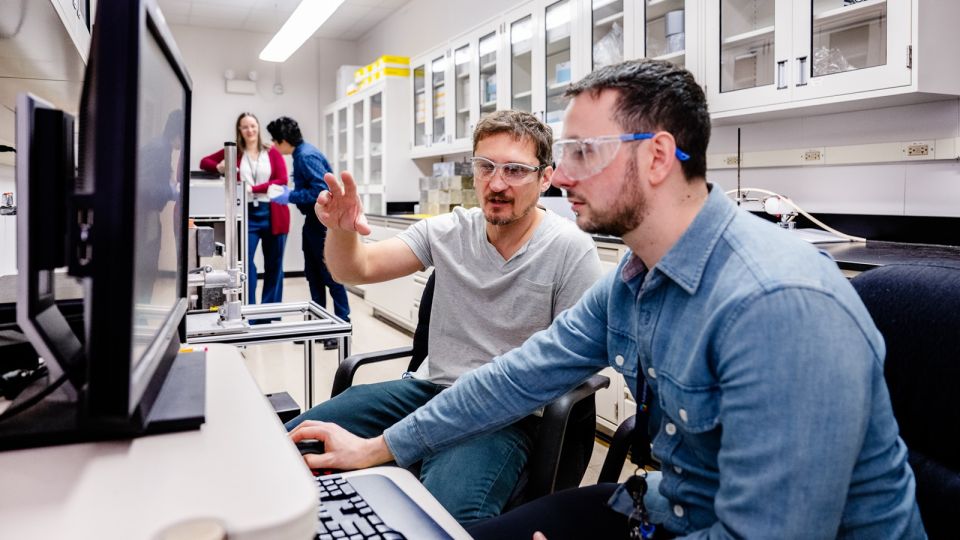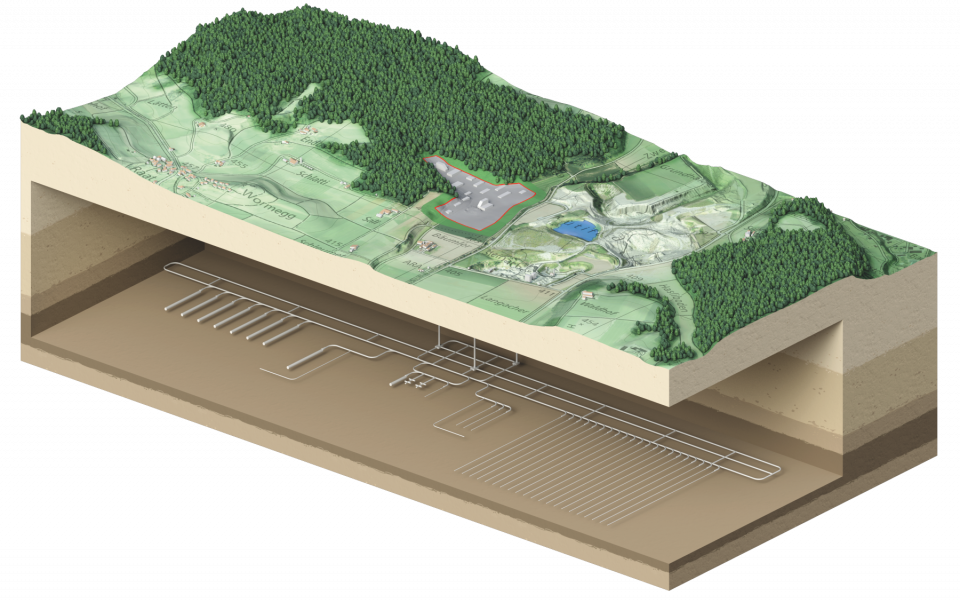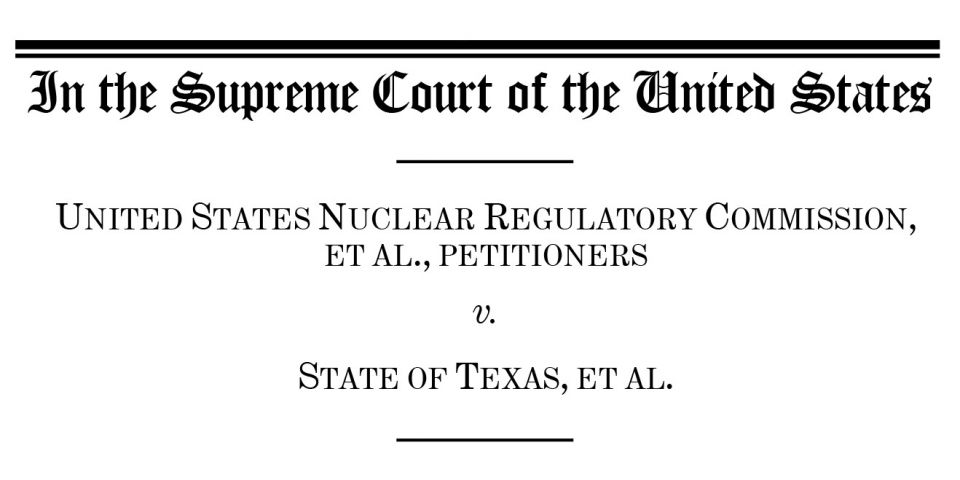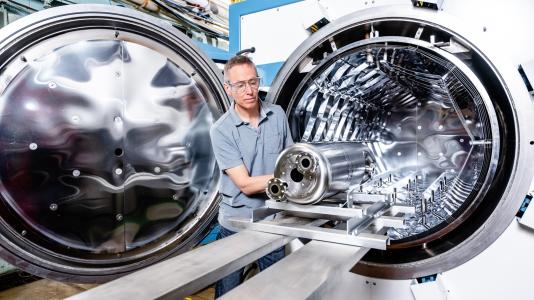Roadblock in Congress for SMR Development
 As discussed in my June 20 post, small modular reactors (SMRs) have many potential advantages, and could very well represent nuclear's best prospect for the future. The industry has run into trouble, however, in getting government support for getting SMRs off the ground.
As discussed in my June 20 post, small modular reactors (SMRs) have many potential advantages, and could very well represent nuclear's best prospect for the future. The industry has run into trouble, however, in getting government support for getting SMRs off the ground.
The Obama administration has made a multi-year, $450 million request for SMR development, including $67 million this year to support SMR licensing. The U.S. House of Representatives has included the $67 million in its 2012 budget bill. That funding got removed from the U.S. Senate budget bill, however, by the Senate Energy and Water Development Appropriations Subcommittee, due primarily to opposition from Chairwoman Dianne Feinstein (D., Cal.).
Feinstein cited the fact that SMRs would create additional nuclear waste, for which there is still no permanent disposal site, as a reason for her opposition. She also said that federal nuclear R&D money should be spent on safety, as opposed to new reactor development, in light of the Fukushima disaster.
Improving Safety
I don't agree with the Senator's logic on the safety issue that she raised. I, for one, think that one of the best ways to improve nuclear safety is to develop and deploy much safer reactor designs, which are not vulnerable to the issues that caused the meltdowns at Fukushima. In turn, one of the best ways for the federal government to help improve nuclear safety is to support the development and deployment of such designs.
SMRs (such as designs from NuScale and Hyperion) are passively cooled, and are more able to reject heat to the environment (due to their small size). Large reactors, like Fukushima, require active cooling at all times, and fuel damage would occur almost immediately after the loss of all power. In stark contrast, the Hyperion module can go two weeks without any power (i.e., active cooling), and the NuScale module can go indefinitely without power (or active cooling). This is a critical difference, given that the Fukushima release occurred as a result of the loss of power, which was needed to provide continuous active cooling.
It's true that SMR development does nothing to improve safety at existing reactors, and perhaps that's where Feinstein is coming from. But the issue of implementing needed safety upgrades at existing reactors is being addressed by the Nuclear Regulatory Commission, and will be implemented by the industry itself, on its own dime. It's not clear how much government research would help, in terms of improving existing reactor safety, and it's not clear that the government should be paying (directly or indirectly) for necessary safety upgrades at existing plants.
Waste
As for the nuclear waste argument, well, that's an old, familiar issue. The fact is that most experts, and scientific studies, have concluded that the public health risks and environmental impacts associated with nuclear power are much lower than those associated with fossil fuels, despite the nuclear waste issue.
Unlike fossil fuels, nuclear's wastes are safely stored and are not released into the environment. And we are confident that a final solution to the nuclear waste problem will be developed and/or agreed upon at some point, with the final result being no release of wastes into the environment, ever. Given this, opposing increased use of nuclear power because it generates nuclear waste is hard to justify, since the result of not using more nuclear is (still) primarily the use of more fossil fuels, which have an infinitely worse "waste problem".
Finally, it's difficult to argue that we have not found a solution to the nuclear waste problem, at least from a technical perspective. It seems clear, at this point, that Yucca Mountain was a valid permanent solution to the nuclear waste problem, from a scientific and technical perspective. NRC staff had completed its review of the Yucca Mountain repository, and most observers believe that the repository would have passed the review, and been licensed, had the review not been halted for political reasons.
It is also true that some of the SMR designs are fast reactors, which have the potential to be part of a closed fuel cycle that would reduce the volume and longevity of our nuclear waste stockpile.
One Bright Spot
If there's a bright spot in all this, it could be that some or all of the SMR developers may proceed without such R&D aid from the federal government. Both NuScale and B&W (with its mPower module) say that they are proceeding with license applications to the NRC. And the Tennessee Valley Authority is making plans to deploy mPower modules at its Clinch River site.
NRC Issues More Important?
As many have observed, the main barrier to the deployment of SMRs may not be a lack of government financial or R&D support, but instead the enormous amount of time and money required to get new reactor designs licensed by the NRC. Reactor licensing processes have been taking many years and costing more than a $100 million dollars. Even approving an exact copy of an already-licensed reactor design (for a new site) is projected to take more than two years.
Even SMRs that deploy conventional light-water technology (such as NuScale or mPower) can expect a long (~ 5 year) licensing process (starting in late 2012 or 2013). For non-conventional technologies like Hyperion, who knows how long it will take? The NRC has stated that non-conventional SMRs like Hyperion are not on its priority list right now, and that it will only consider such an application when a serious customer has been found (thus setting up a chicken-egg problem).
Other issues that may hold back SMRs include security and emergency planning/evacuation requirements, and per-reactor NRC fees. If the NRC is not willing to consider the SMRs' lower potential radioactivity release, as well as the lower probability of such release, in setting these requirements, as well as scaling fees with reactor capacity, it may destroy SMRs' economic viability.
Perhaps a more effective way for the government to support SMRs is for it to do something to reduce the licensing-related barriers discussed above, as opposed to outright financial support of SMR development. Possible options include making sure the NRC has sufficient resources to handle the entire volume of incoming license applications, somehow limiting the scope of review, or requiring the NRC to complete reviews within some fixed, reasonable time period.
_____________
Jim Hopf is a senior nuclear engineer with more than 20 years of experience in shielding and criticality analysis and design for spent fuel dry storage and transportation systems. He has been involved in nuclear advocacy for 10+ years, and is a member of the ANS Public Information Committee. He is a regular contributor to the ANS Nuclear Cafe.










